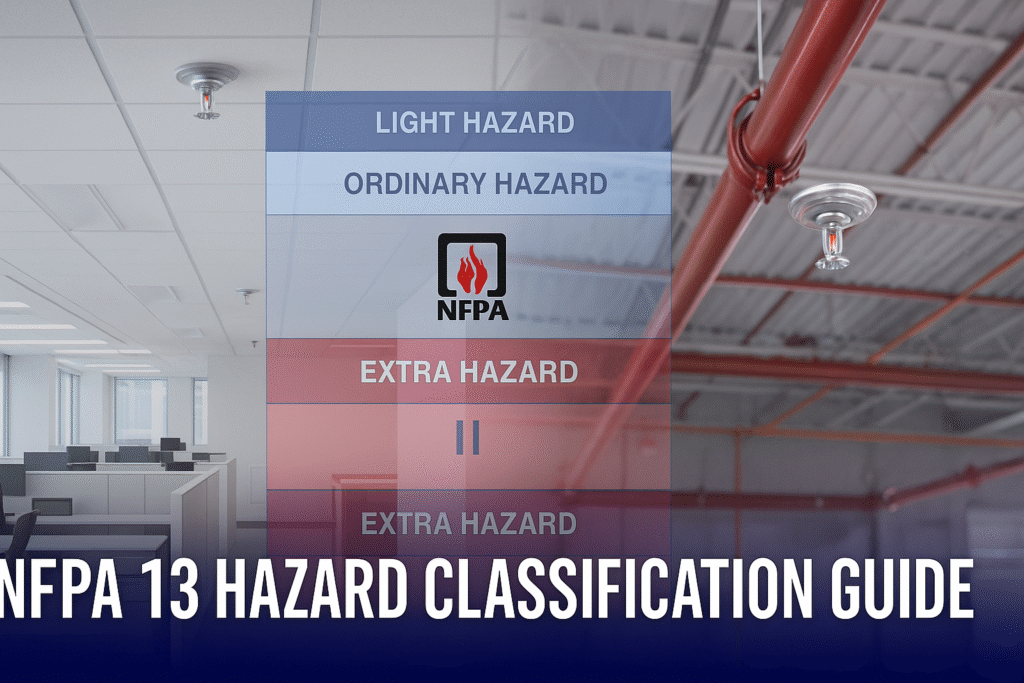NFPA 13 Hazard Classification helps determine sprinkler design. Learn the difference between Light, Ordinary & Extra Hazard with examples and simple terms.


NFPA 13 Hazard Classification helps determine sprinkler design. Learn the difference between Light, Ordinary & Extra Hazard with examples and simple terms.